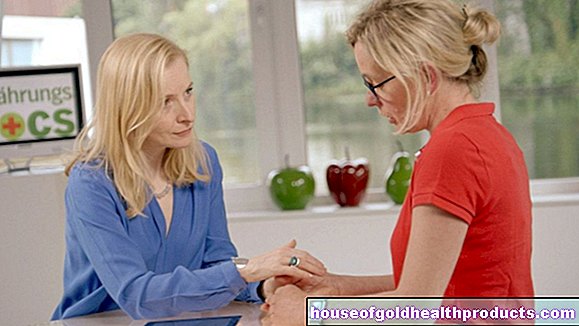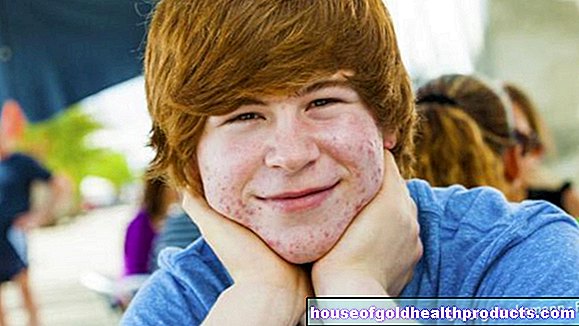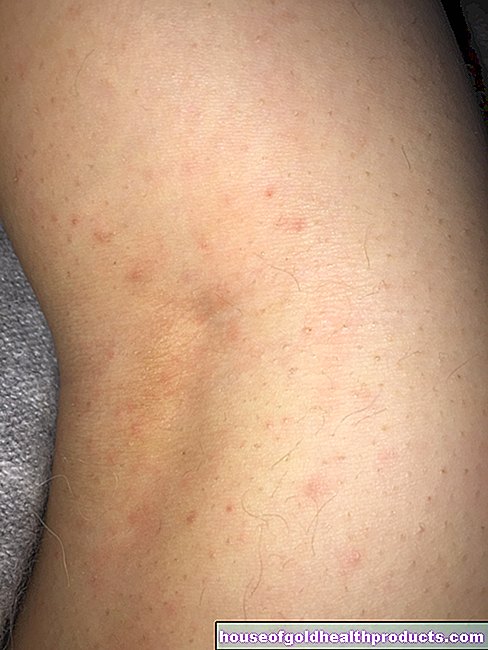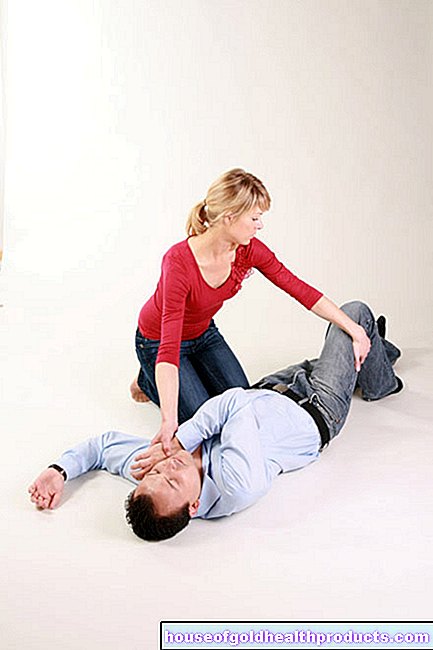Orthopedic shoes
All content is checked by medical journalists.Orthopedic shoes are specially made for patients with certain clinical pictures in order to alleviate their symptoms. Diseases that often require orthopedic shoes include diabetes and malpositions of the feet. Read everything about orthopedic shoes, when they are needed and what to consider.

What are orthopedic shoes?
Orthopedic shoes are medical shoes that a trained orthopedic shoe technician makes individually for a patient. They serve to stabilize and improve gait in the case of severe foot or leg misalignments and reduce pain. They also prevent improper stress, which in turn can lead to complications. Orthopedic shoes are always used when custom-made shoe insoles or technical adjustments to ordinary shoes are no longer sufficient to alleviate discomfort.
Orthopedic shoes are available as normal everyday shoes, as sports or bathing shoes and as slippers. Orthopedic safety shoes are also manufactured for professional use. The following properties distinguish orthopedic shoes:
- Pressure relief
- Enabling a natural rolling movement
- Stabilization of the footbed
- Reducing pain when walking
- Compensation of leg length differences
When do you need orthopedic shoes?
Many diseases or foot characteristics can make it necessary to wear orthopedic shoes. Above all, these include:
- Foot malpositions, for example flat feet, hollow feet or clubfoot
- Circulatory and sensory disorders with ulceration in diabetic patients (diabetic foot syndrome)
- Stabilization of the remaining foot after amputation of parts of the foot
- Osteoarthritis in the ankle or in the tarsal joints
- Paralysis in the leg area
- Rheumatic diseases in the foot
- Joint instabilities
- Leg length difference of more than three centimeters
An orthopedic shoe is only the last possibility of treatment. A doctor will only prescribe it if physiotherapy, specially shaped ready-made shoes, orthopedic insoles and adjustments by an orthopedic shoe technician have not shown any success.
What do you do when fitting orthopedic shoes?
After the doctor has prescribed orthopedic shoes, the patient has his foot measured by an orthopedic shoe technician. The technician not only records the outlines of both feet, but also uses digital measuring devices to create a pressure profile of the sole of the foot. This enables him to recognize where the feet are exposed to particular stress. In addition, he checks the gait pattern and measures the leg axes and possible differences in leg lengths.
Based on this information, the orthopedic shoes are precisely tailored to the needs of the patient. With the help of a computer, a wooden strip - an image of the foot - is then milled, which is then used to create a plastic trial shoe to ensure a perfect fit and comfort. If the trial shoe fits, the orthopedic shoe technician produces the actual orthopedic shoes by hand. Of course, the patient has an influence on the design.
What are the risks of orthopedic shoes?
Even if orthopedic shoes are usually very well adapted to the patient's feet, pressure points can occur on the feet. In the first time after receiving the new shoes, patients should therefore examine their feet daily for pressure points or injuries.
Medical shoes with high soles, in particular, initially require a certain amount of time to get used to. Older people with restricted mobility in particular are therefore at risk of falling while walking during the adjustment phase.
What do I have to consider after receiving orthopedic shoes?
When you get orthopedic shoes, you should initially pay close attention to discomfort and check your feet for pressure points to prevent ulcers from forming. Tell your doctor about pain so that they can correct the shoes.
Care of orthopedic shoes
Orthopedic shoes should be cared for carefully so that their function remains as long as possible. Standard care products are available for this, depending on the material. Also, make sure that the shoes do not get too wet.
Tags: medicinal herbal home remedies prevention unfulfilled wish to have children-mit-tattoos-dem-schicksal-trotzen.jpg)


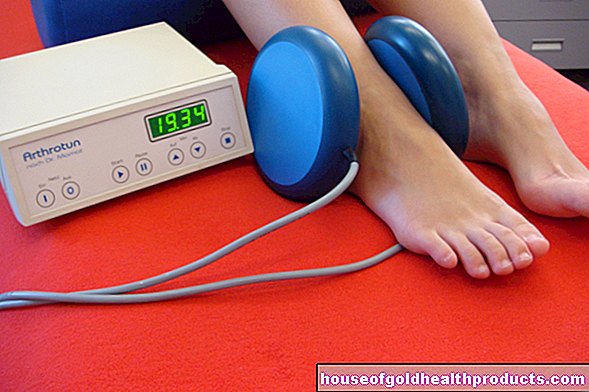

-kastanienmnnchen-und-perlenschweine.jpg)


